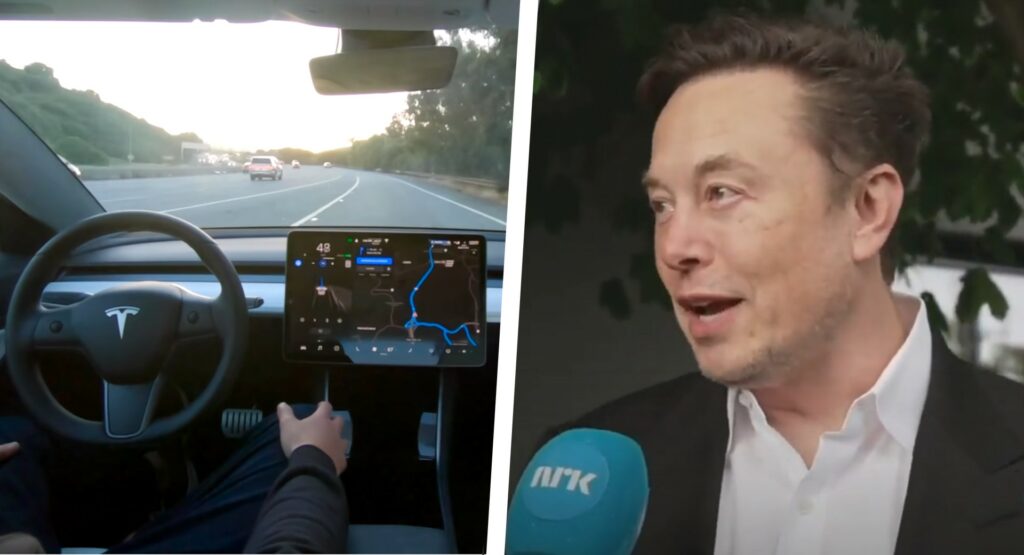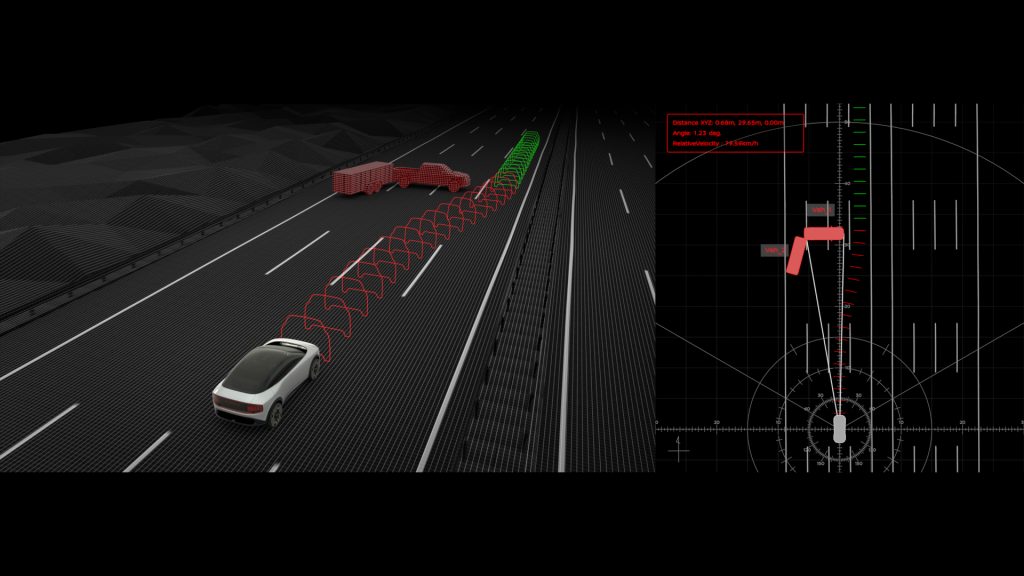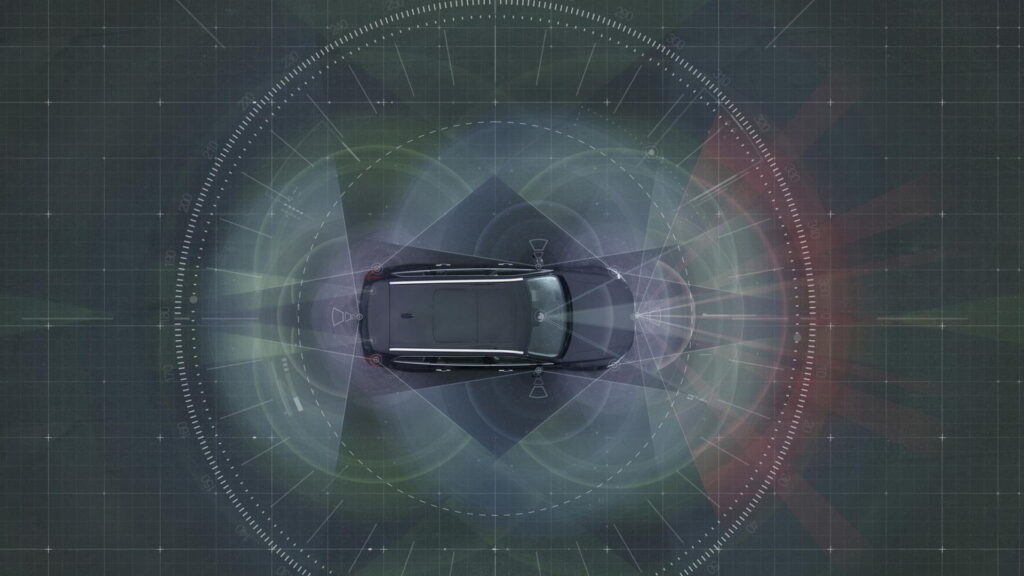As technology advances in the automotive world, autonomous driving becomes a bigger point of interest. How safe does one need to be to actually be better than a human driver though? After looking at the numbers, we have an idea and it turns out that autonomous driving systems have a really high bar to clear. Despite that, it seems like at least one company might have already done it.
There’s little question that Tesla’s Autopilot and Full Self-Driving software splits opinions. That’s not made any less true by somewhat provocative comments from CEO Elon Musk who in early 2022 said that he’d be shocked if his company’s Full Self-Driving technology wasn’t “safer than a human” before the end of the year.
In fact, he said that “being safer than a human is a low standard, not a high standard.” He mainly pointed toward dangerous behaviors like texting and driving, distracted driving, and tired driving as the areas where autonomous systems can excel.
According to the folks over at Jalopnik though, the bar for “safer than a human” is probably a lot higher than one might guess. In fact, after crunching numbers from the NHTSA, it seems as though drivers avoid crashes 99.999819 percent of the time. If Tesla’s data is to be believed, it’s already surpassed that.
More: Shareholders Sue Elon Musk And Tesla Over FSD Safety Claims

Each quarter, Tesla releases safety data including how many crashes it’s recorded over however many miles the system was engaged for. According to its 2022 Q3 results, it avoids crashes 99.999984 percent of the time. A quote attributed to Mark Twain comes to mind though, “There are three kinds of lies: lies, damned lies, and statistics.”
The point being that looking through simply the lens of statistics can blind us to deeper truths. Musk and Tesla might be wrong about how safe Autopilot or FSD is when compared to a human, especially when we consider how bad humans are at paying attention to Level 2 autonomous driving systems (which is a problem all brands share) but he’s dead right about how distracted, tired, or text-happy the driving public can be.
Undoubtedly, autonomous safety aids like lane-keep assist and automatic emergency braking have prevented countless accidents and very likely saved lives. The real question is how long will it be before a production vehicle has an autonomous driving program that’s unquestionably safer than a human. For now, we’ll just have to wait and see.





